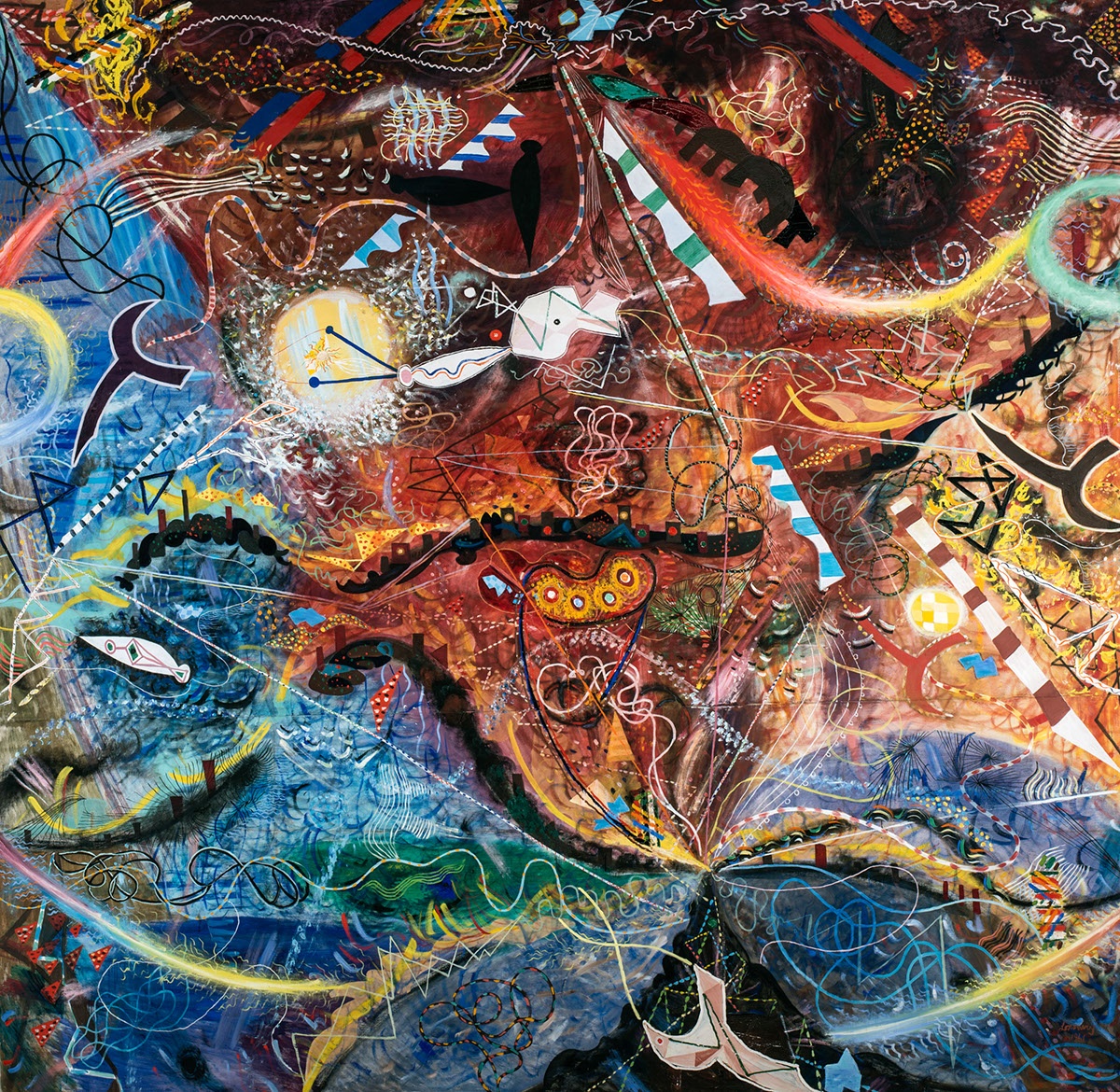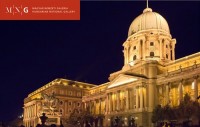Ernő (Ernst) Kállai, already in the early 1940s, spoke in high terms of the lyrical abstract and more powerful abstract-surrealistic compositions of Tamás Lossonczy. The most appropriate term for Lossonczy’s painting is “bio-romanticism”, coined by Kállai. Lossonczy’s art evolved between 1945 and 1948, among the artists of the European School and later, the Gallery of the 4 Cardinal Points. Later in his oeuvre, divided by different cycles, similar suggestions, motifs and solutions come up which reveal various relations between the picture and reality. Great Purifying Storm, started in 1958, is an elementary vision resolving the psychic tension of the artist who was forced into inner emigration. The work created after an almost ten-year-long hiatus is a synthesis of Lossonczy’s worldview and at the same time, a “hidden” homage to the Revolution of 1956. The painting, the masterpiece of the artist active until the age 105, became an emblematic work of the unfolding recovery of Hungarian art which began in the early 1960s, despite not being exhibited before 1978.
en

